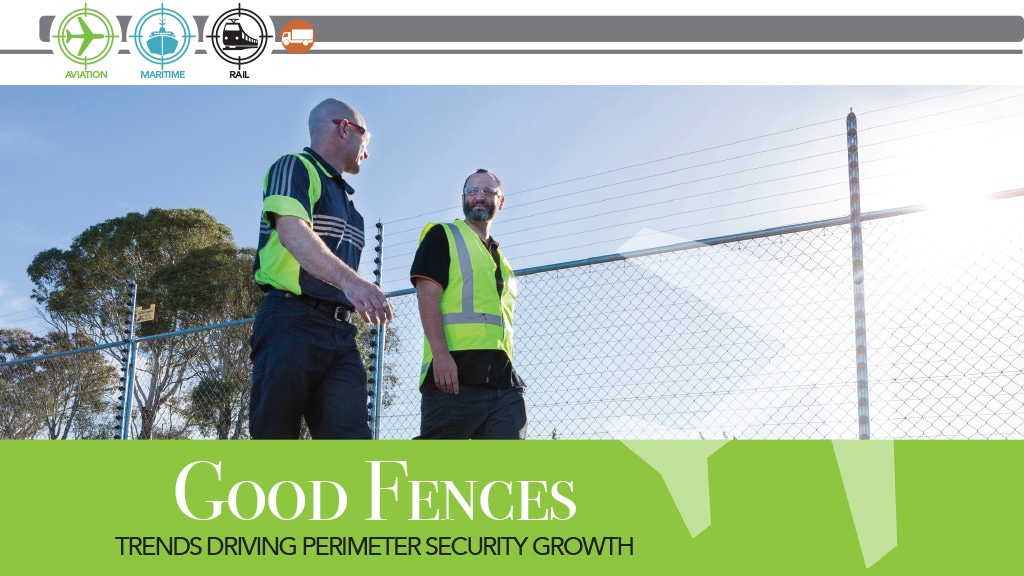$125 billion: That’s the approximate 2022 value of the global perimeter security industry, according to the market research firm Valuates (www.valuates.com). In its new report entitled on perimeter security market trends, the company is predicting this industry to experience a compound annual growth rate of 6.9% from now to 2028 – reaching an estimated value of just over $186 billion by then.
This growth is being driven by many trends, as the world’s operators of airports, rail and truck yards, factory and warehouse owners, and others with valuables to protect do their best to control access to their properties. To learn more about these trends, TSI magazine spoke to six companies in the perimeter security space. Here is what they told us.
A Range of Trends
When it comes to the perimeter security industry, “there are multiple trends occurring in the market today, from a significant increase in physical deterrent systems and heavy fencing and bollards, through to a higher uptake in the use of intelligent perimeter technologies,” said Dave Solly. He is value owner (product owner/manager) – access, detection & deterrence at Gallagher (https://security.gallagher.com/). Gallagher manufactures integrated and intelligent access control, perimeter, and intrusion detection solutions.
“Whilst crime is a key contributor in the rise of these trends, another factor is a growing awareness and acceptance that detection alone is not enough to protect sites,” Solly noted. This is why intelligent perimeter security technologies — which combine fence electrification with the ability to silently detect and alert companies to possible intruders while noticing the difference between them and wildlife — are catching on with airport, rail, and truck yard operators.
This growth is due to changing attitudes among customers. “For many years perimeter security technologies were chosen primarily by cost-conscious decisions, with many organizations opting to utilize basic detection technologies only,” said Solly. “However, in recent years, we have seen more and more sites shift to intelligent perimeter solutions that allow them to obtain detailed reporting and better site awareness.(As well) One of the key benefits of installing an intelligent perimeter system is that control room operators and security managers are trained on one application, with a single point for reporting on details such as fence voltage levels, operator use statistics, or specific zone alarm data. This not only saves time but also creates operational efficiencies and reduces cost.”
Advances in IT, cybersecurity and communications in combination with high resolution cameras, thermal imaging systems, vibration detection and other sensing technologies, plus retractable bollards and variable speed access gates, are all underpinning the trend towards highly flexible, responsive, and adaptable perimeter security systems, said Patrick O’Connor. He is director of business development at VMAG (www.vmagtech.com). They manufacture high-velocity magnetic gate operators. These systems use linear induction motors that employ magnetism rather than moving parts to open and close security gates at operator-specified speeds, an advance that is contributing to this trend.
“VMAG’s revolutionary design eliminates traditional motors, gears, chains, pinch wheels, hydraulics, fluids, and lubricants providing distinct advantages in performance with less environmental impact,” O’Connor told TSI magazine. “VMAG speed delivers immediate benefits for vehicle throughput and security, while the contactless magnetic drive provides reduced maintenance, repairs, and lower cost of ownership. Gate operators are not limited by weight or size of gate opening and may be specified for virtually any slide gate application, from single lane sally ports to specialized crash gates and large taxiways.”

VP of Marketing and Technology, RBtec
A further trend in perimeter security is for smaller facilities to adopt sophisticated levels of perimeter protection previously limited to large and very large properties. That’s the word from Dori Ribak, VP of marketing and technology at RBtec Perimeter Security Systems (www.RBtec.com), a manufacturer of perimeter security solutions with more than 5,000 installations in 54 countries.
“It was always known at airports and other large facilities that you need sophisticated perimeter security for obvious reasons,” said Ribak. “Now we’re seeing the same awareness demand at self-storage facilities, small train and truck yards and other commercial and industrial sites. So RBtec is implementing more and more of our defense protection solutions at smaller facilities to protect against burglaries and theft: Due to COVID and other pandemic-related issues, more people are breaking into those businesses and stealing.”
In the past, these targets either had no perimeter security at all or, at best, a CCTV video system that allowed the owners to watch their goods being stolen after the fact. Today, they are adding RBtec fence intrusion detection capabilities, such as the IRONCLAD Fence Alarm System that allows security companies to monitor what is going on at the fence line and alerts the owner or the monitoring company in real time. The data generated by these systems are monitored by security officers in real-time, so that they can assess and respond to intrusions as soon as they occur.
Yet another trend: Enhanced perimeter security is now being extended to temporarily-secured locations as well as permanent ones. “High security temporary fencing is a current trend we are fulfilling extensively,” said Russell Wells, global sales director at CLD Fencing Systems (www.cld-fencing.com). His company manufactures high security rigid mesh fencing and gate systems, which CLD Fencing Systems has been supplying to the aviation, data center, utilities and other markets for two decades. “Due to the expanding nature of these sites, there is constant risk of the existing security lines being breached during construction of new buildings and carpark expansions.”
Wells’ trend assessment is endorsed by Dennis Evers, owner of Battery Operated Barrier (www.batteryoperatefbarrier.com). This former police officer/chief invented fast-deployable, battery powered security barriers with swing arms after 9/11, when he saw the need for security forces to redirect suspect vehicles away from sensitive areas.
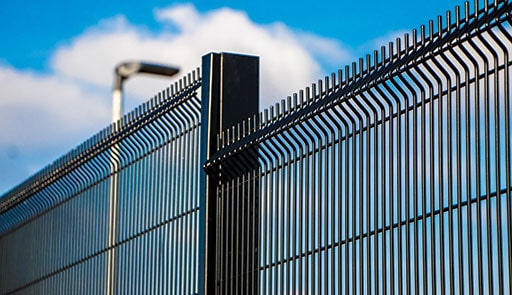
“A lot of the time, our battery-operated barriers are being used to provide perimeter security on construction sites,” Evers said. “Take highway construction: We have units where the truck drivers and site managers are the only ones with clickers, so they can get in and out easily while preventing unauthorized vehicles from entering. We also support access control using keypads, card readers, and RFID units that read the trucks and let them in and out automatically as they approach.”
One final trend to consider is the installation of advanced, modern perimeter security solutions to control vehicular access to buildings and facilities, such as Matador sliding bollards, Raptor retractable bollards, and Viper shallow mounted road blockers made by Heald (www.heald.uk.com). “The main challenges our customers face is in retrofitting effective security products in built environments, namely due to underground infrastructure,” said Heald Managing Director Debbie Heald. “We’re seeing products being developed, including by ourselves, requiring only an ultra-shallow mount that can withstand considerable weight and speed impact.”
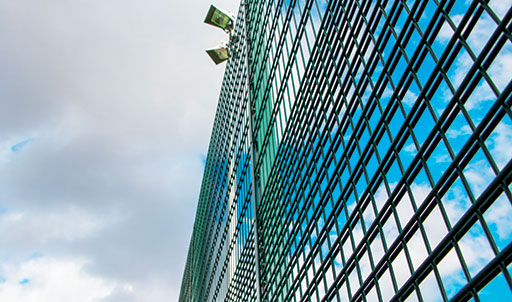
Varying Customer Needs
The range of trends driving the perimeter security market are mirrored by the varying needs of the customers buying them. Ask vendors what their customers are looking for, and they’ll provide you with different, albeit complementary, answers.
According to RBtec’s Ribak, his lower-budget customers want perimeter security solutions that are cost effective and easy to install, yet deliver the same kind of sophisticated detection/deterrence features found in higher end systems. Meanwhile, big budget customers such as airports want their perimeter security systems to be better integrated to CCTV cameras and centralized control, with everything flowing into a single highly informative system that is simple to monitor and maintain.
“Airport security managers are tired of trying to maintain and monitor multiple systems at the same time, because they have to protect very large areas with large perimeters,” he said. “They’re trying to monitor everything from the same command and control. And therefore, they want to have all the alarms and detection management centralized into a single point of control.”
Larger clients also want perimeter security management systems that employ artificial intelligence (AI) to pre-filter and analyze alerts before passing them onto human operators. “AI connected to our acoustic detection sensors can be trained to identify and distinguish between the sounds of someone cutting the fence, climbing it, jumping onto the other side, and going onto the runway,” said Ribak.
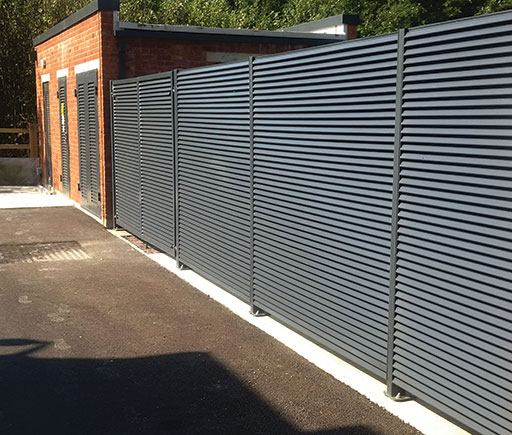
Clients who buy Ever’s Battery Operated Barriers are seeking rapid deployable access control that doesn’t cost an arm and a leg to install. “They’re looking for something that’s portable and affordable,” Evers said. “I had one client who previously had installed a regular gate that was designed to be conventionally powered. When they got the permit to lay the electrical cable to this location, he discovered that doing so was going to cost his company $100,000.”
When it comes to customer requests, Gallagher’s Solly is seeing a “significant increase” in the integration of perimeter detection technologies within an overall security system. The reason: “This approach allows sites to integrate multiple technologies for fast, effective, and most importantly, safe verification and validation of an alarm to allow an appropriate response to be coordinated,” he said.
Customers also want fewer false alarms, which Solly described as being “the biggest weakness of many perimeter solutions due to environmental conditions. Not only do false alarms increase operational costs, but they also waste staff resources and cause wide-spread inconvenience that can delay response times.”
To address this problem at facilities where wildlife and harsh weather conditions can trigger false alarms, Gallagher introduced the ‘Adaptive Thresholds feature’ to its perimeter security solutions. “This feature allows a site’s Monitored Pulse Fence System to seamlessly adapt to environmental changes which cause fluctuations in voltage on the fence line,” he said. “Through the application of Adaptive Thresholds, sites can reduce false alarms while still ensuring unsurpassed sensitivity for a highly secure perimeter.”
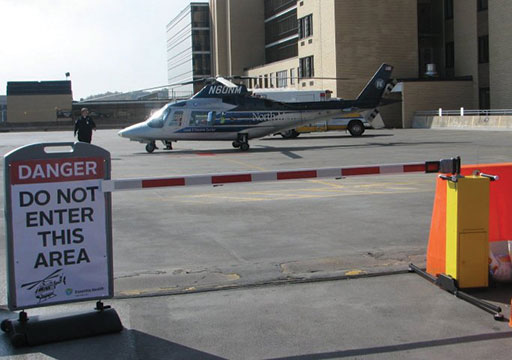
For CLD Fencing Systems’ Wells and Heald’s Heald, their customers are focused on perimeter security products that are easy to install virtually almost anywhere. “Rapidly deployable high security fencing that is foundation free, is a very common request, as well as radio transparent solutions,” said Wells. “Products that can be fit in locations that have challenges due to underground infrastructure, but that can provide access to permitted vehicles with ease, such as emergency responders, service and delivery vehicles are another,” Heald added.
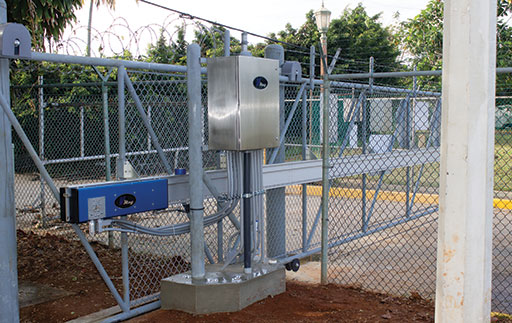
Over at VMAG, “customers generally want the very latest technology and best solutions integrated and packaged with long-term support,” said O’Connor. But they are also seeking solutions to specific problems. For example, “tailgating and other breaches in gate security are a big problem for our customers,” he said. “Underlying factors, for most tailgating offenses, typically include impatient motorists combined with the limited performance of conventional gate operators that slow down vehicle processing.”
To cope with these problems, VMAG’s programmable speed control is able to eliminate “slow gates,” as O’Connor puts it. This removes the situation that motivates impatient drivers to tailgate each other.
Selection Advice
Having provided insights into perimeter security trends and customer needs, it seemed natural to ask these vendors what product selection advice they had for prospective customers. Again, they were happy to oblige.
Gallagher’s Dave Solly took a Big Picture approach in his advice. “When considering perimeter security and the right products to buy, people often refer to the 3 Ds – Deter, Detect, and Delay,” he said. “These 3 Ds are crucial in ensuring a site is effectively protected and providing an awareness of environmental factors like harsh weather and wildlife disturbances to help guide the deployment of an effective perimeter security solution.”
“A completely integrated perimeter and access control security solution can help to monitor internal theft and criminal activity such as a staff member deliberately loading the wrong goods onto the wrong truck, which can cause reputational damage and lost goods,” added Solly. “A connected security system, using a combination of perimeter and access control, enables a seamless experience whilst also maintaining a high level of security.”

VMAG’s Patrick O’Connor also takes a big picture approach to procuring perimeter security systems. “Identifying specific objectives, researching and identifying the best products to meet those objectives is fundamental,” he said. “Once the desired products/services are identified, a performance specification should be created to ensure the correct product(s) are acquired during the procurement process.”
“Equally important is researching companies to assess the quality of their installations and after-sales support,” he suggested. “Airports and other commercial/industrial customers are interested in quality products and solutions with long term support factored into the planning and purchase. (So) Education about the different products and systems available and due diligence researching the installation companies, or security integrators, representing and installing the product, is critical for meeting both initial expectations and maintaining long-term satisfaction.”
CLD Fencing Systems’ Russell Wells urges prospective customers to do their homework about perimeter security vendors before making any purchasing decisions. “Look to adopt solutions that have a security rating and come with test data and guarantees,” said Wells. “Ensure the products are selected from a reputable specialist that has served time within the sector, especially aviation. When selecting a product, ensure you have also thought about anti-climb toppings and access control, so that all elements are compatible and provide a seamless solution.”
Heald’s Debbie Heald recommends seeking the help of experts during this procurement process. “Work with specialists who can advise on the best type of products for your perimeter security needs,” she said. “Also, remember that regular maintenance of your security products is crucial to ensure they operate at maximum efficiency, especially for bollards with barriers that have moveable parts.”
Finally, RBtec’s Dori Ribak’s counsel was quick and to the point. “If someone tells you that a ‘one size fits all’ solution to perimeter security will work for you, don’t believe them,” he quipped. “They’re incorrect. It won’t. You need to find the solution that is uniquely right for your situation.”
